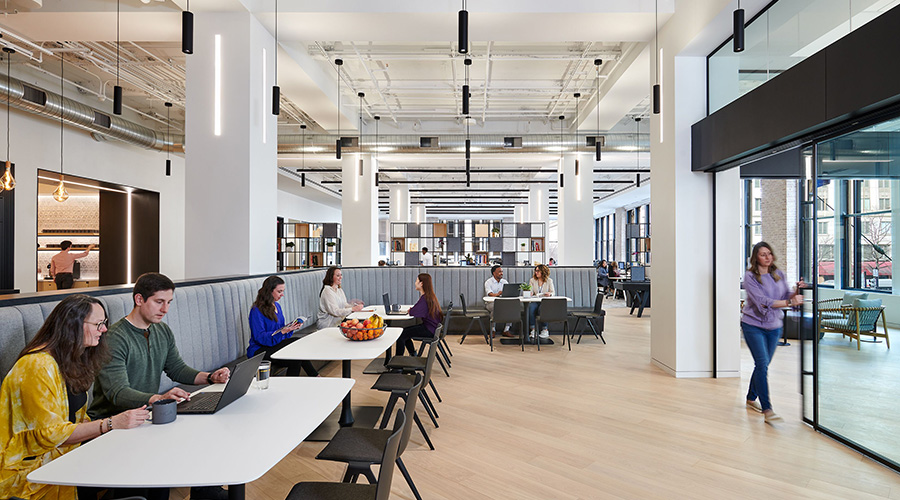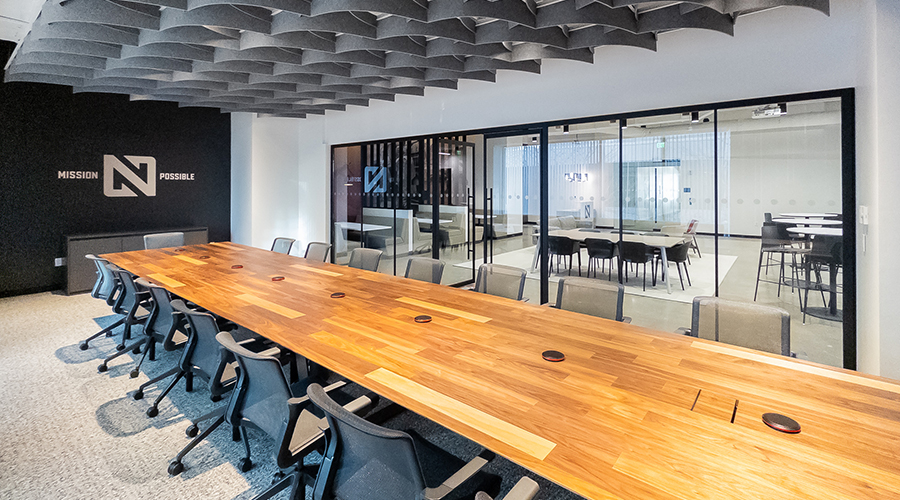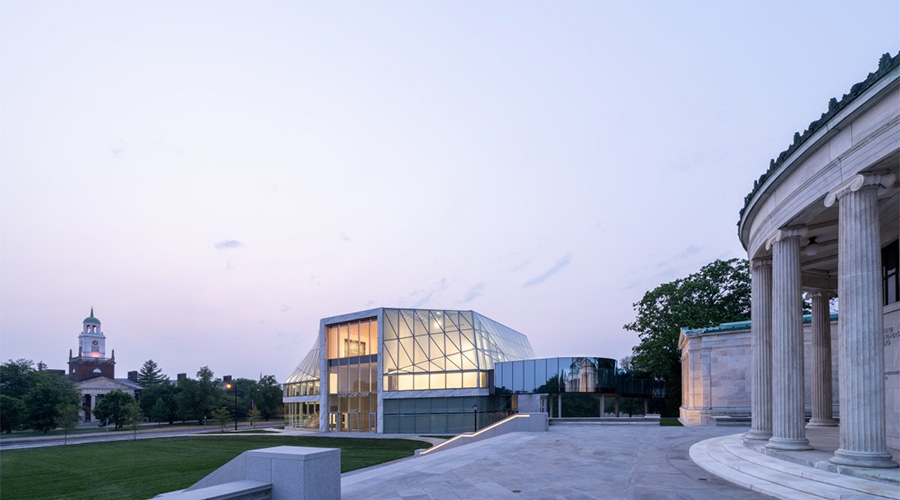What Facility Managers Need to Know About Alternative Workplace Design
The workplace as we know it is undergoing a major sociological shift, one fueled by our reliance on technology, employees' desire for greater control over their time, and companies' need to reduce overhead costs. This shift is changing how people work and spend their days, and even affects our social relationships in a work setting. Many companies are moving toward an alternative workplace (AWP) design, a design philosophy that is championed by executive leadership, human resources, and facility managers, and lauded by thousands of employees as the new way we want to work.
Alternative workplace design encompasses work practices, settings and locations. The AWP model is also known as high performance workspace, workplace transformation or workplace innovation, as it substantially deviates from traditional office designs and practices. AWP spaces are characterized by open space and flexible seating arrangements; areas for collaboration, communication and quiet work; and the embrace of technology to tie the office and its employees together. Most companies take the concept further and support work-from-home options that increase employees' flexibility as well as their productivity. When the employee is in the office, he or she is there for collaboration and communication with others, not deskwork that can otherwise be done at home. Other companies reduce their real estate burden by employing a sit-where-you-want desk arrangement. With this style of workplace innovation, employees are encouraged to work "their way," limiting their commute time and managing their own schedules and personal lives.
There's a legitimate real estate argument for facility managers to consider AWP design. The AWP model reduces the amount of space that is unoccupied on any given day, thus reducing the overall square footage per person by eliminating unused real estate. The design offers a better use of space by taking into consideration employee travel, sick time, and vacation schedules and work arrangements that have employees out of the office one or two days a week. Why pay for real estate when 30 to 50 percent of an employee's time is spent in places other than the office?
For AWP to be successful, however, facility managers need to work with executive management, human resources, and the IT department to help change how the company works. Company branding and communication become key in an alternative workplace, as companies seek to remind people who they work for and what their shared mission is. While flexible workspace solutions create opportunities for greater collaboration, communication, and mobility, they don't work for every employee, department, or company.
Related Topics:













